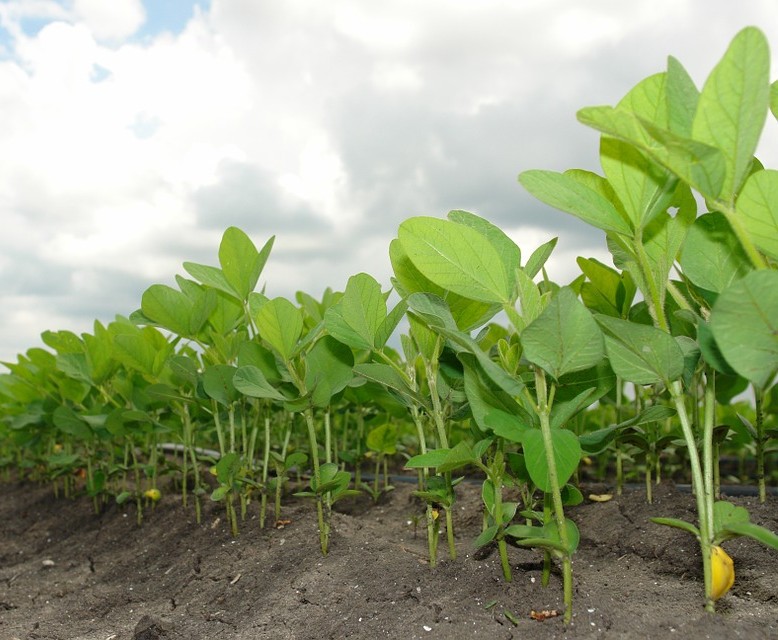The use of bio-based materials in car manufacturing has been touted as a significant step toward environmental sustainability. However, the use of Peanut Oil In Wire Insulation has sparked controversy and numerous anecdotal reports of rodent damage. This article delves into the issue of peanut oil-based wire insulation and its potential to attract unwanted furry visitors to your vehicle’s engine compartment.
The Appeal of Bio-Based Wire Insulation
Auto manufacturers have increasingly turned to bio-based materials like peanut oil for wire insulation as a more sustainable alternative to traditional petroleum-based products. Peanut oil offers several advantages: it’s a renewable resource, reduces reliance on fossil fuels, and can potentially lower manufacturing costs. This shift aligns with industry efforts to minimize environmental impact and meet stricter emissions regulations. However, the unintended consequences of this material choice have raised serious concerns.
Rodent Attraction and Damage: A Growing Problem?
Reports have surfaced of rodents, particularly rats and mice, being attracted to and chewing on wire insulation containing peanut oil. This behavior can lead to significant damage to the vehicle’s electrical system, causing malfunctions, costly repairs, and even potential safety hazards. Online forums and dedicated websites, such as howtopreventratsfromeatingcarwires.com, document numerous cases of rodent-related damage attributed to soy-based and potentially peanut oil-based wire insulation. While conclusive scientific evidence directly linking peanut oil to increased rodent damage is still lacking, anecdotal evidence suggests a strong correlation.
 Damaged wiring harness from rodent chewing
Damaged wiring harness from rodent chewing
Class-Action Lawsuits and Manufacturer Response
Several car manufacturers, including Honda, Toyota, and Kia, have faced class-action lawsuits alleging that their use of soy-based wire insulation led to rodent damage. While many of these lawsuits have been dismissed, often through settlements, the underlying issue remains a point of contention. The prevalence of rodent damage reports raises questions about the long-term viability of using peanut oil and similar bio-based materials in wire insulation.
Factors Influencing Rodent Behavior
While the presence of peanut oil in wire insulation may attract rodents, other factors likely contribute to their chewing behavior. Food scarcity in certain areas, particularly rural environments, might make rodents more inclined to seek alternative food sources. Additionally, the specific composition of the bio-based insulation, including the presence of other attractants or the absence of deterrents, could influence rodent preference. Further research is needed to fully understand the complex interplay of factors driving this behavior.
Addressing the Rodent Problem
Car owners facing this issue have resorted to various preventative measures, including using rodent repellents, trapping, and physically protecting wires with barriers. However, these solutions are often temporary and inconvenient. A more sustainable solution lies in developing bio-based wire insulation materials that are less attractive to rodents while maintaining their environmental benefits. Research into incorporating natural rodent deterrents into the insulation formula could offer a promising avenue for addressing this challenge.
Conclusion: Balancing Sustainability and Practicality
The use of peanut oil in wire insulation highlights the complex challenges of balancing environmental sustainability with real-world practicality. While bio-based materials offer significant environmental advantages, their potential to attract rodents necessitates further research and development. Ultimately, the automotive industry must strive to create sustainable materials that are both environmentally friendly and resistant to unintended consequences, such as rodent damage, ensuring the long-term reliability and safety of vehicles.
